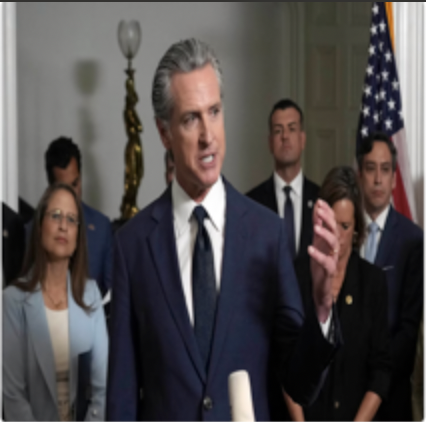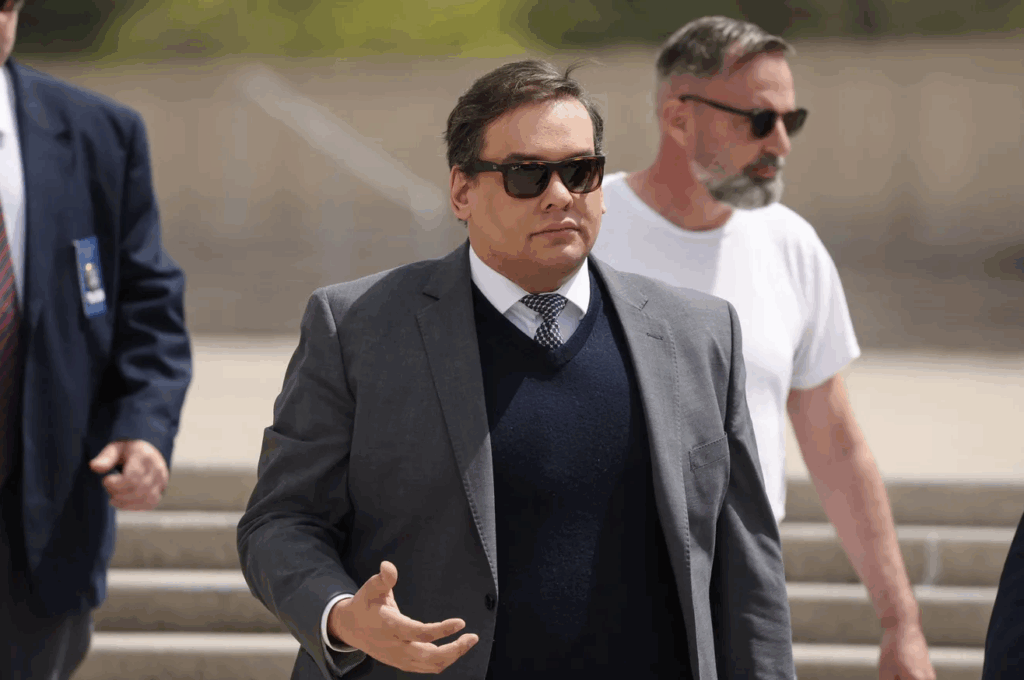photo of a bald eagle flying in a clear blue sky by Mathew Schwartz on Unsplash
December 24, 2024: NBC News reported: “The bald eagle is officially America’s national bird after Biden’s signature” It was written by Doha Mandani.
The bald eagle has landed in the U.S. code after President Biden signed a bill Tuesday making the predator the official national bird.
Congress passed the measure with unanimous support.
Although the bird of prey is at the center of the Great Seal of the United States, it was never formerly recognized as the country’s official bird. Some of the Founding Fathers — Benjamin Franklin, John Adams, and Thomas Jefferson — were tasked with creating a national seal but simply couldn’t come to an agreement.
In 1782, a version of the seal with a bald eagle was submitted by Secretary of the Continental Congress Charles Thomson and approved. Most Americans are familiar with the seal’s eagle carrying a flag-emblazoned shield holding an olive branch in one talon and arrows in the other.
Franklin was historically against the decision, arguing in a letter to his daughter that the bad eagle was “a bird of bad moral character.”
Either way, the U.S. has not had an official bird in the almost 250 years since its founding.
Minnesota resident Preston Cook had long hoped that the eagle would ascend into the U.S. code, even writing a draft a bill and sending it to lawmakers.
Cook described himself as having a lifelong obsession with the bald eagle, and took it upon himself to push for a change when discovering that there was no official U.S. bird. He wrote a simple piece of legislation that would change the code to say that, “The bald eagle (Haliaeetus leucocephalus) is the national bird.
Sen. Amy Klobuchar, D-Minn., then led a bipartisan group who brought it to the Senate floor in July. It passed unanimously before sailing through the House last week with no opposition.
“The bald eagle is a symbol of our country’s freedom and strength with our legislation now signed into law, the bald eagle is officially our national bird,” Klobuchar said on Thursday.
Cook told NBC News earlier this month that this is one overlooked piece of history he felt compelled to fix.
“No one has to change anything; it’s just a correction. It is only a correction in history to make things right and makes things the way they should be,” Cook said.
December 25, 2024: ABC 13 Eyewitness News reported the bald eagle, a symbol of the power and strength of the United States for more than 240 years, earned an overdue honor on Tuesday: It officially became the country’s national bird.
President Joe Biden signed into law legislation sent to him by Congress that amends the United States Code to correct what had long gone unnoticed and designate the bald eagle — familiar to many because of its white head, yellow beak and brown body — as the national bird.
The bald eagle has appeared on the Great Seal of the United States, which is used in official documents, since 1782, when the design was finalized. The seal is made up of the eagle, an olive branch, arrows, a flag-like shield, the motto “E Pluribus Unum” and a constellation of stars.
Congress that same year designated the bald eagle as the national emblem, and its image appears in a host of places, ranging from documents and the presidential flag to military insignia and U.S. currency, according to USA.gov.
But it had never been officially designated to be what many had just assumed it was — the national bird.
The bald eagle is indigenous to North America.
December 26, 2024: USA TODAY reported: “The bald eagle’s soaring comeback: From near extinction to official US bird.” It was written by Jeanine Santucci.
The bald eagle, with its history as the symbol of the nation going back over 200 years, made a roaring comeback from near extinction to becoming America’s official bird this week.
President Joe Biden signed a bipartisan bill Tuesday that designated the bald eagle as the national bird. Despite appearing on the Great Seal of the U.S. since 1782, the bald eagle has never legally been recognized as the national bird until now.
With its distinctive brown body, white head and yellow beak, the bald eagle grasps an olive branch and arrows in his talons on the seal, which is used on official documents, military uniform buttons and every U.S. passport.
Though it’s the “most pictured bird in all of America,” according to the Department of Veterans Affairs, the bald eagle has had to overcome threats to its very existence.
America’s bird: The ball eagle joins the rose, the bison, and the oak tree as an official American symbol.
How did the bald eagle become a national symbol?
The bald eagle first emerged as a national symbol when it appeared on an early Massachusetts copper cent in 1776, the VA said in a publication on the bird.
After the Declaration of Independence was signed that year on July 4, a committee was formed to design a seal of the new nation. It took six years and three committees before the seal that we know today was decided on. Secretary of the Continental Congress Charles Thomson made the design, which was adopted on June 20, 1782.
“The olive branch and the arrows held in the eagle’s talons denote the power of peace and war. The eagle always casts its gaze toward the olive branch signifying that our nation desires to pursue peace but stands ready to defend itself,” the National Museum of American Diplomacy says.
“The fierce beauty and proud independence of this great bird aptly symbolizes the strength and freedom of America,” John F. Kennedy once wrote of the bald eagle.
In the mid-1900s, the bald eagle’s existence was threatened by a combination of habitat destruction, illegal shooting and insecticides contaminating the bird’s food source, according to the U.S. Fish and Wildlife Service. Some bald eagles were shot because they were seen as a risk to chickens and livestock.
It’s believed that there were about 100,000 nesting bald eagles in the U.S. when it was first adopted as the American symbol. The decline started in the 1800s, along with a decline in the populations of other species of birds, the Wildlife Service said.
In 1963, there were only 417 known nesting pairs of bald eagles, putting the species in danger of extinction. After the Endangered Species Act of 1973 was signed, bald eagles in the contiguous 48 states were listed as endangered except in Michigan, Minnesota, Oregon, Washington, where they were listed a threatened.
Congress moved to protect bald eagles in 1940 with the Bald Eagle Protection Act, which was later amended to include golden eagles. Its later addition to the list of endangered species also led to conservation and recovery efforts, the Wildlife Service said.
By 1998, the bald eagle had recovered enough that its status was changed to threatened. In 2007, officials said there were over 9,000 nesting pairs of bald eagles in the contiguous states — and the birds were removed from the list altogether.
As of estimates in 2018 and 2019, there are now about 316,700 bald eagles, including 71,467 breeding pairs, in the lower 48 states.










